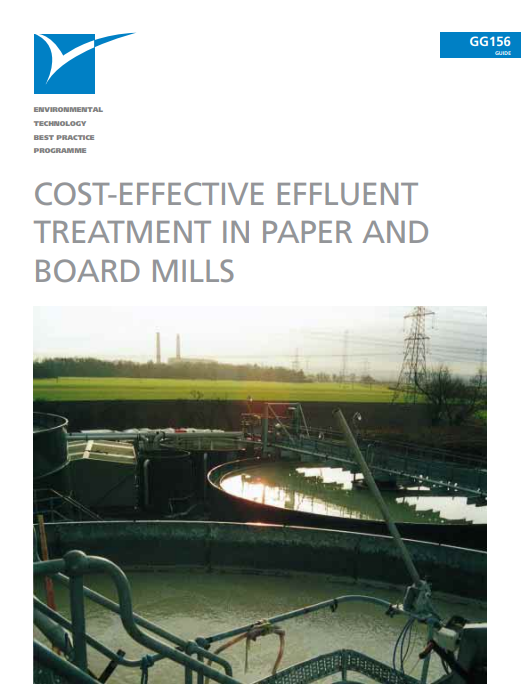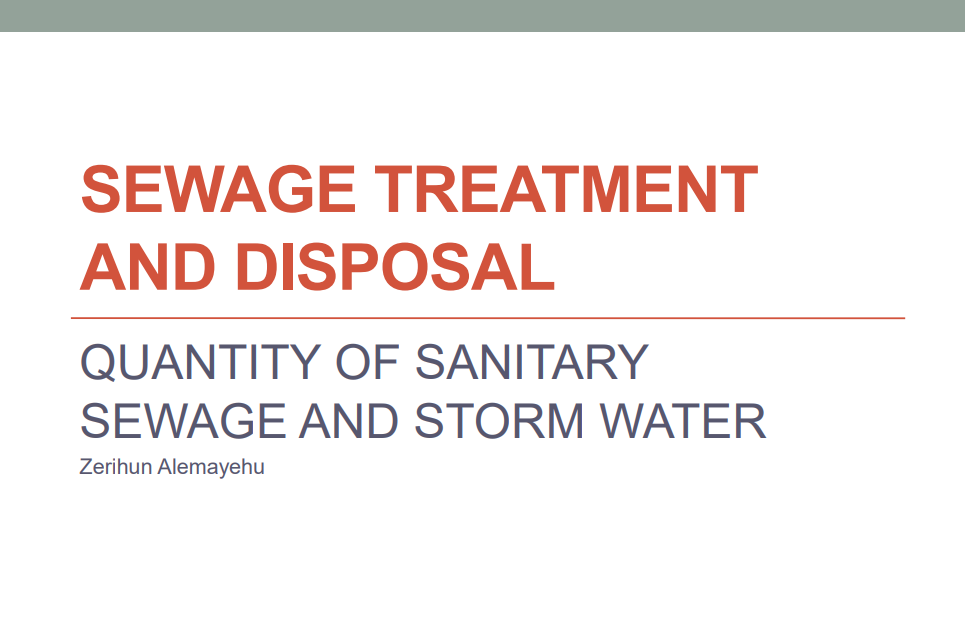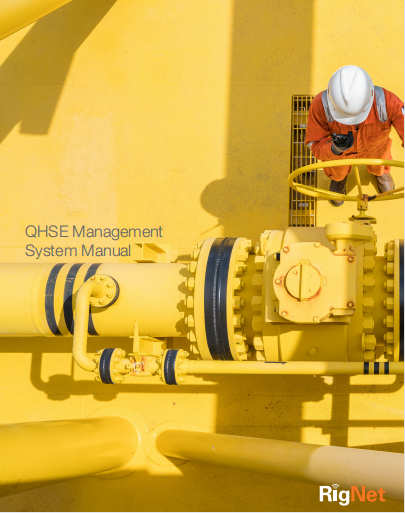Emergency Response Planning Guide
INTRODUCTION
Emergency response planning and preparedness is an important element in managing a wastewater treatment facility and collection system. The citizens of your town and our state rely upon wastewater treatment personnel for protection against unexpected events that may jeopardize public health and safety. Wastewater employees expect to be protected from the consequences of natural or man-made disasters affecting the wastewater system. Town officials are responsible for protecting the taxpayer’s investment in its infrastructure and to ensure that regulatory requirements will be met during an emergency. In other words, preparation for the unexpected is necessary and requires an emergency plan to be in place and functional to handle a variety of situations. Both EPA and NHDES require the inclusion of an Emergency Response Plan in every Operation and Maintenance manual for wastewater treatment facilities and pump stations. It is listed as an O&M manual requirement in the State of New Hampshire Code of Administrative Rules, Chapter Env-Wq 700, STANDARDS OF DESIGN AND CONTRUCTION FOR SEWERAGE AND WASTEWATER TREATMENT FACILITIES, Section 708.08(b)(9). In addition, funding agencies, such as the United States Department of Agriculture, Rural Development (USDA/RD), require all systems that receive USDA/RD funding for wastewater improvement projects to complete a Security Vulnerability Assessment and Emergency Response Plan prior to awarding money. NHDES takes this responsibility seriously. The Emergency Response Planning section of this manual was developed to ensure that all facilities receive the same information. It is not intended to serve as a substitute for an actual emergency response plan specific to your facility, but rather to serve as a generic guide to aid in planning for unanticipated situations in the event that a facility does not have a specific response plan. If there is an actual plan it shall be inserted into the O&M manual in lieu of this planning guide.
Emergency Response Planning Guide
INTRODUCTION
Emergency response planning and preparedness is an important element in managing a wastewater treatment facility and collection system. The citizens of your town and our state rely upon wastewater treatment personnel for protection against unexpected events that may jeopardize public health and safety. Wastewater employees expect to be protected from the consequences of natural or man-made disasters affecting the wastewater system. Town officials are responsible for protecting the taxpayer’s investment in its infrastructure and to ensure that regulatory requirements will be met during an emergency. In other words, preparation for the unexpected is necessary and requires an emergency plan to be in place and functional to handle a variety of situations. Both EPA and NHDES require the inclusion of an Emergency Response Plan in every Operation and Maintenance manual for wastewater treatment facilities and pump stations. It is listed as an O&M manual requirement in the State of New Hampshire Code of Administrative Rules, Chapter Env-Wq 700, STANDARDS OF DESIGN AND CONTRUCTION FOR SEWERAGE AND WASTEWATER TREATMENT FACILITIES, Section 708.08(b)(9). In addition, funding agencies, such as the United States Department of Agriculture, Rural Development (USDA/RD), require all systems that receive USDA/RD funding for wastewater improvement projects to complete a Security Vulnerability Assessment and Emergency Response Plan prior to awarding money. NHDES takes this responsibility seriously. The Emergency Response Planning section of this manual was developed to ensure that all facilities receive the same information. It is not intended to serve as a substitute for an actual emergency response plan specific to your facility, but rather to serve as a generic guide to aid in planning for unanticipated situations in the event that a facility does not have a specific response plan. If there is an actual plan it shall be inserted into the O&M manual in lieu of this planning guide.
QHSE Management System Manual
Introduction:
RigNet has developed and implemented a Quality, Health, Safety and Environmental (QHSE) Management System to document the company’s best business practices, better satisfy the requirements and expectations of its customers and improve the overall management of the company. The QHSE Management System of RigNet Communications meets the requirements of the international standard ISO 9001:2015 ISO 14001:2015 and ISO 45001:2018. This system addresses the implementation, maintenance, and continual improvement of our HSE programs.
QHSE Management System Manual
Introduction:
RigNet has developed and implemented a Quality, Health, Safety and Environmental (QHSE) Management System to document the company’s best business practices, better satisfy the requirements and expectations of its customers and improve the overall management of the company. The QHSE Management System of RigNet Communications meets the requirements of the international standard ISO 9001:2015 ISO 14001:2015 and ISO 45001:2018. This system addresses the implementation, maintenance, and continual improvement of our HSE programs.










